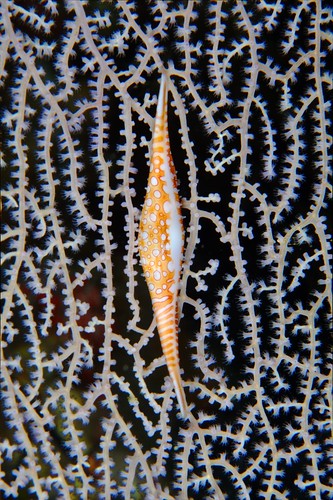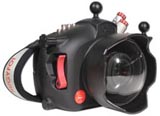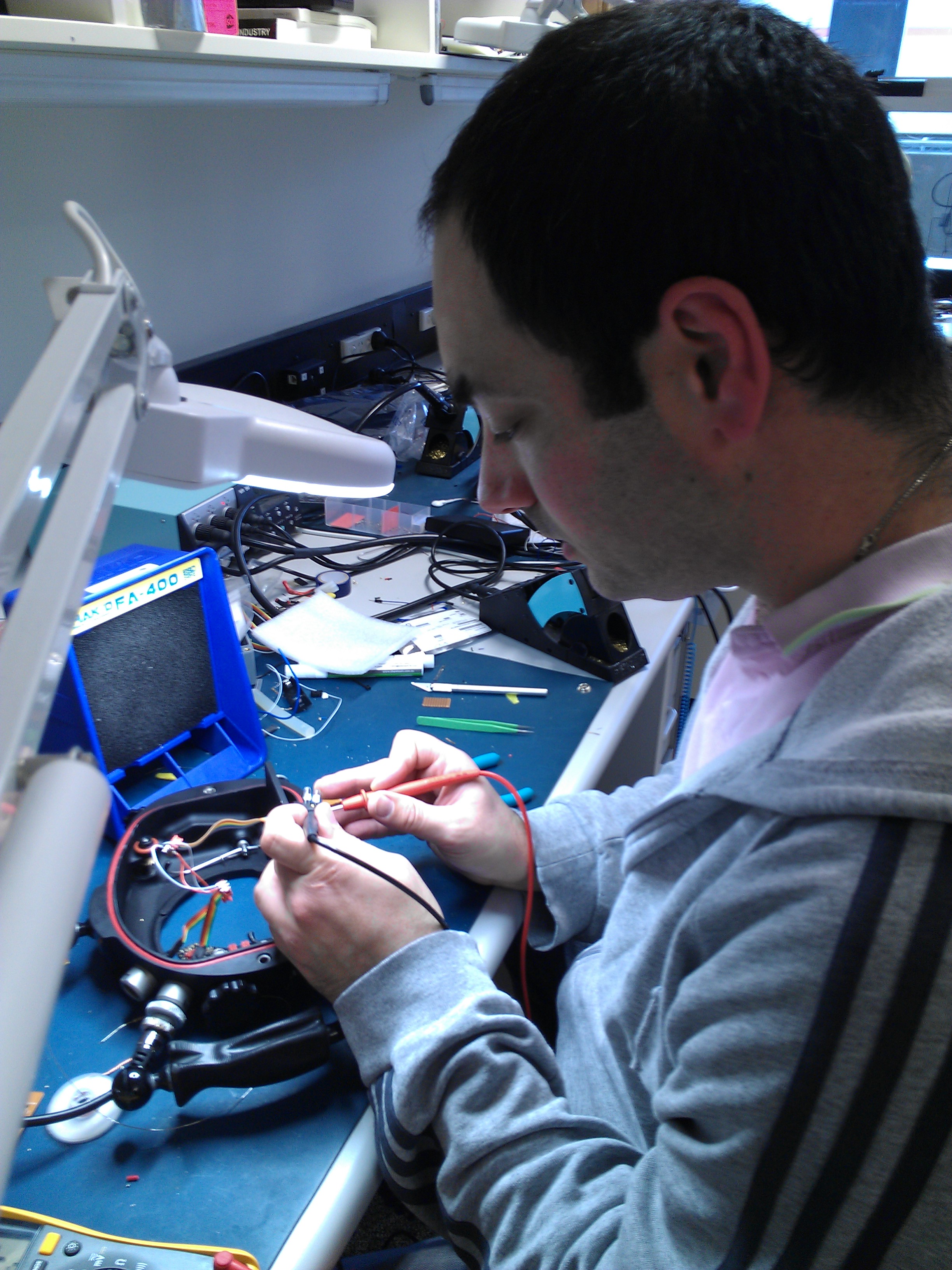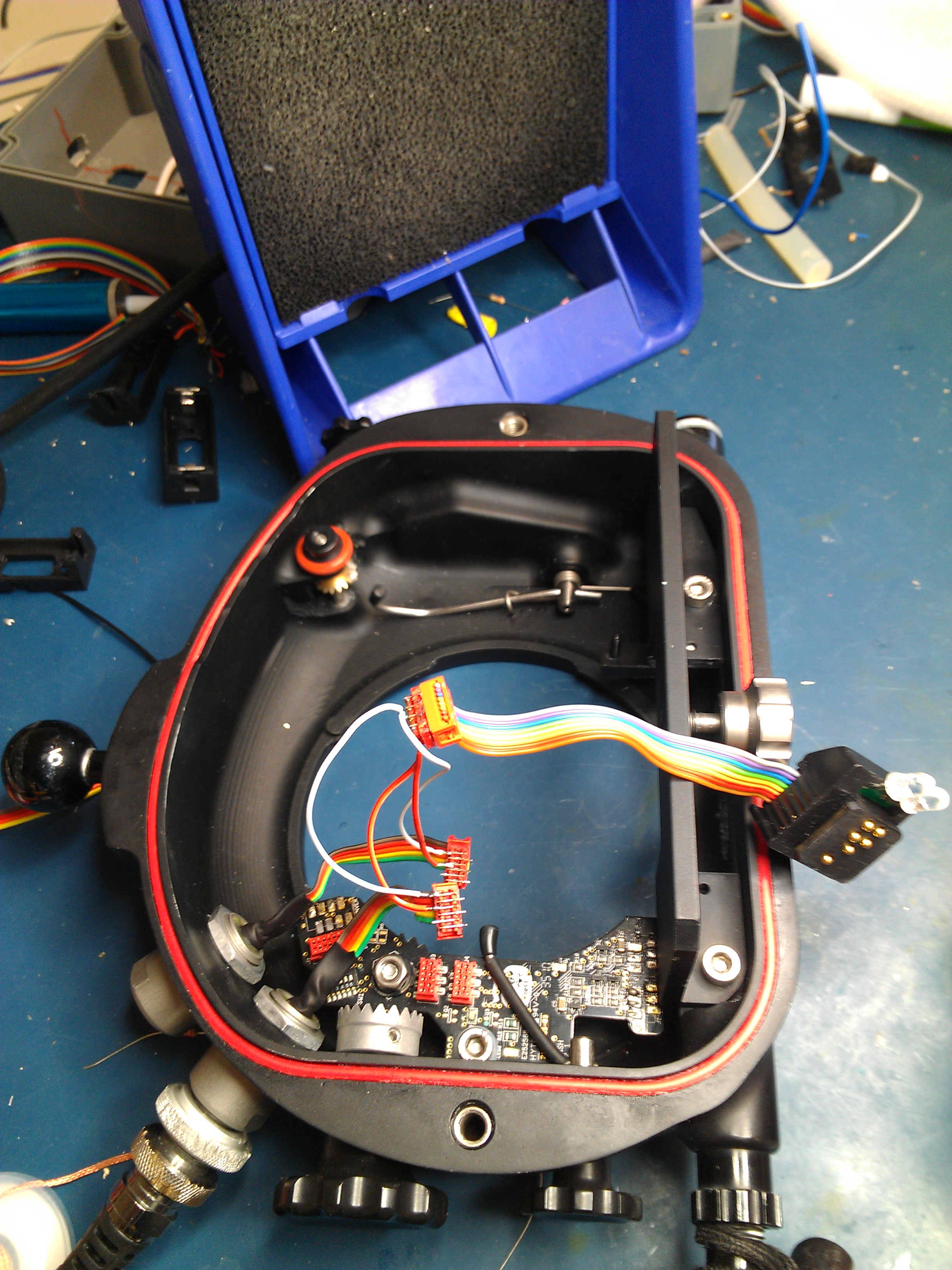Slim Engineering
Ok, what I will write about is admittedly a niche problem. Not solving it will not cause serious harm and suffering to anyone. No wars or famines will result from this issue. But it will annoy me, and a few of my friends. What is that problem: over-fancy-ish engineering of underwater camera housings. I think there is way too much effort going into coming up with fancy new features, and too little thought into making things simple and solid.
I am using a Hugyfot housing for a Canon 5DII digital SLR camera to take pictures underwater:
I like the housing. It’s small and sturdy, and I have taken it to 80 meters to take pictures of the marine life there:

The metal enclosure and the design of the locks, including the placement of the o-rings is well done in this housing. It looks good, too.
But the issue I am having is that the camera’s interior was not designed with long-term stability in use. It has a vacuum-system which can detect a leak before the camera gets submerged, and a leak detector which detects humidity inside the housing. The manufacturer suggests not opening the housing outside of air-conditioned rooms; Now, I don’t have AC at home or in most hotel rooms when I travel. In fact, most of the time when I am with this housing is when I am near the ocean – where the air is obviously humid. It’s not a surprise that both of these systems stopped functioning after a few months. Not good.
What’s worse is that the circuit board in the camera doesn’t only contain the electronics for these sensors and a TTL system (which I never used), but they also wire the strobes to the camera in direct mode, when desiring nothing more than a camera-strobe connection. Once the board started to corrode, this simple connection didn’t work either. The strobes didn’t fire anymore, while all that was needed was a direct connection. It’s not a good idea to bundle complex, failure-prone electronics with a simple connection which would otherwise be much hardier.
Fortunately, I have champion underwater photo gear tweaker Gaetano Gargiulo among my friends and colleagues.
Gaetano took out all the unnecessary electronics, and simply connected the cables coming from the strobe-connecting bulkheads to the connector going onto the camera’s strobe-output hot-shoe.
Here is the housing with its new interior. It works just as fine as the old one, without relying on a circuit board for what is a simple connection between 2 sets of cables (the leak detection mechanisms didn’t work before anymore, either). Slim and failure proof should be the guiding principle for designing gear which gets exposed to corrosive seawater, not “what new fancy feature can we add now”.


